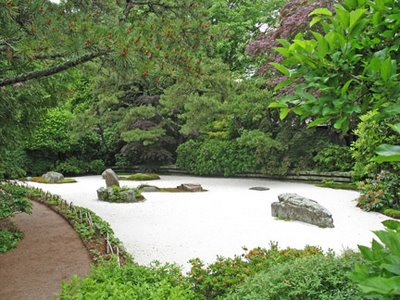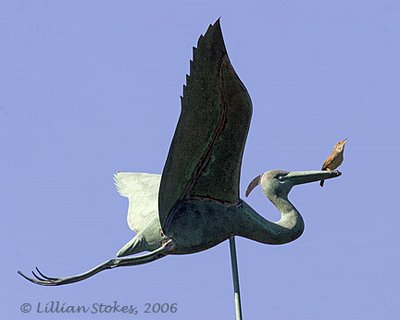 John of A DC Birding Blog, who started the meme of the 10 Most Beautiful Birds, has now asked bloggers to come up with their list of the 10 Most Beautiful Bird Songs. Here's our list:
John of A DC Birding Blog, who started the meme of the 10 Most Beautiful Birds, has now asked bloggers to come up with their list of the 10 Most Beautiful Bird Songs. Here's our list:1. Prairie Chicken
We had the most wonderful experience this spring in a blind photographing Greater Prairie-Chickens on their lek, surrounded by their other-worldly, vibrating, flute-like, sounds. These sounds are interspersed with "whock" sounds when a female shows up. Here's an action shot of a male who was about to mate with a female and was interrupted by another male.
 2. Bobolink
2. BobolinkWe have to include this, as we call our New Hampshire property "Bobolink Farm", named for the many nesting Bobolinks in our hayfield. We are treated all spring and summer to their bubbling, rolling, chords.
 3. American Goldfinch
3. American GoldfinchThere's nothing like a sunshine flock of Goldfinches twittering in the garden in spring
 4. Northern Cardinal
4. Northern CardinalSweet, clear, whistles, and oh, so, red. Who could resist?
 5. Northern Mockingbird
5. Northern MockingbirdYes, we know they drive some people to ear plugs when they sing all night, but they're the disc jockeys of the avian world, singing the songs of other birds.
 6. Veery
6. VeeryThe thrushes would get our vote as top group, with Veery at it's top. It's beautiful, descending, spiraling, notes makes us feel like we're in a cathedral of nature and the Veery is the organist.
 7. Hermit Thrush
7. Hermit ThrushAlso a strong contender in the thrush group is the Hermit Thrush. Many live in the woods around Bobolink Farm so we hear them frequently, especially at dusk.
 3. Common Loon in fog
3. Common Loon in fogLike avian wolves, its haunting wails rise and speak of ancientness.
 9. White-thoated Sparrow
9. White-thoated SparrowSome say their song sounds like "Poor, Sam, Peabody, Peabody, Peabody". If you're Canadian they're saying "Oh, Sweet, Canada, Canada, Canada".
 10. Yellow Warbler
10. Yellow WarblerWe must include a warbler, one of Lillian's favorite groups of birds. Yellow is as good a pick as any, singing "Sweet, sweet, sweet, I'm so sweet. Sweet bird!
All photos © Lillian Stokes, 2006







































